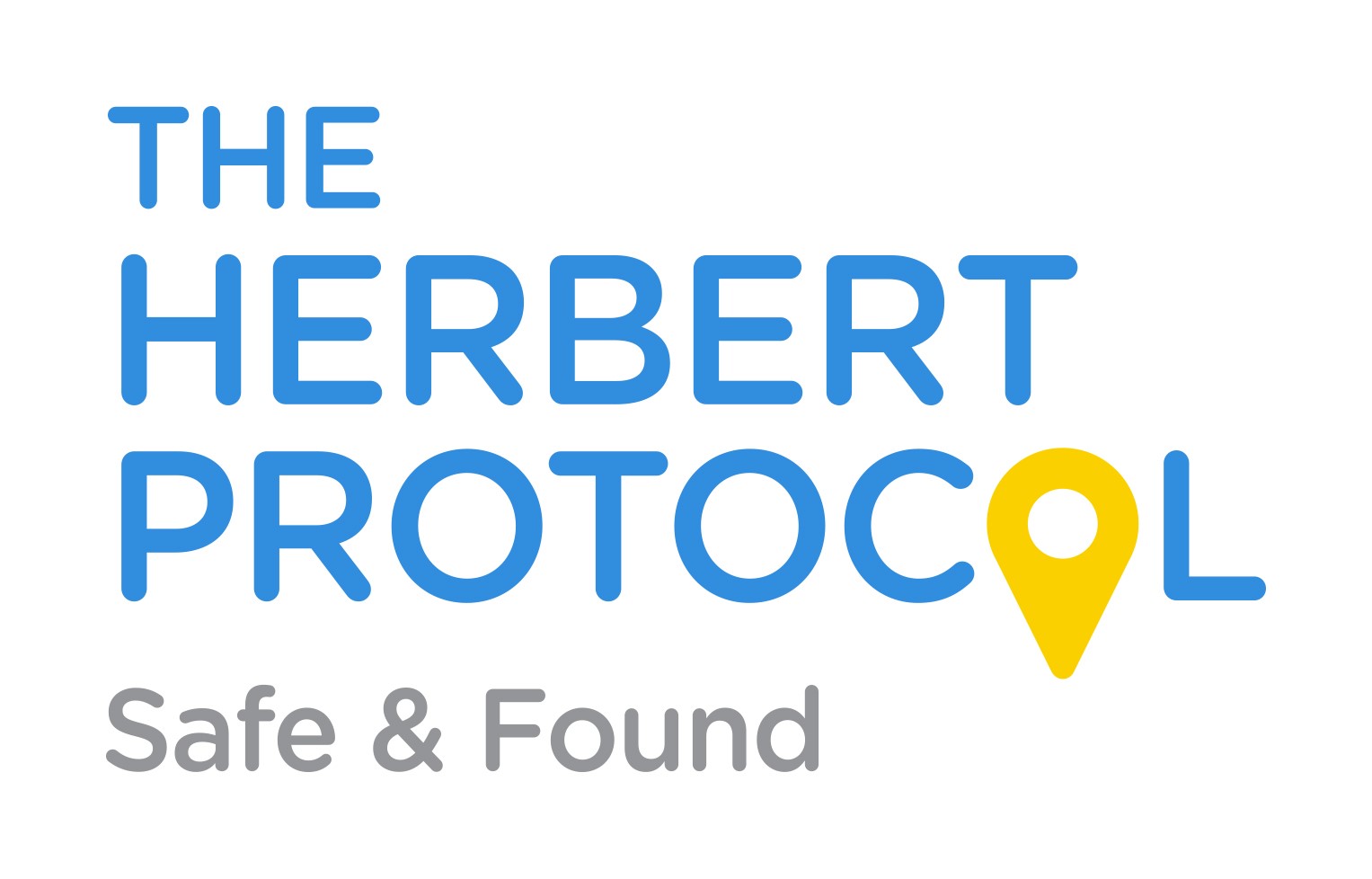The Herbert Protocol – Safe and Sound for People with Dementia
When a person goes missing, it is very distressing for family and friends and can be
even more worrying when the missing person has Dementia.
The Herbert Protocol is a simple risk reduction tool to help the police in their
search for people with Dementia who go missing. It encourages carers or family
members of adults living with dementia to collate information on those who are
vulnerable on to the Herbert Protocol form, which can be given to the police if they
go missing.
The initiative is named after George Herbert, a war veteran of the Normandy
landings, who lived with dementia. He died whilst ‘missing’, trying to find his
childhood home.
If you believe a person has gone missing and concerned for their safety, call the
police on 999 and tell the police operator that you have a Herbert Protocol.
What do I put on to the Herbert Protocol form?
It contains a list of information to help the police if the person goes missing,
including:
• medication required
• mobile numbers
• places previously located
• a recent photograph
You’ll find the link to the form at the bottom of this page.
Keeping a completed form saves the worry of trying to recall the information during
the stressful time of someone going missing. It also saves time for the
police, allowing the search to start sooner and the information to be gathered at the
time. It should be kept up to date with a recent photograph of the person, to be
passed to the policed if needed.
When should a form be filled in?
If you are a carer, you should use your professional opinion to judge when to
complete a form. If you’re a family member, you should use your knowledge to
decide whether a person is at risk of going missing. Remember, having this
information ready to provide can save worry and time if someone goes missing.
Who completes the form?
The form can be completed by a family member or, with the permission of the next of
kin, friend or neighbour working together with the vulnerable person.
If the person is in a care setting, or the person filling in the form is a home carer or a
representative of a partner agency, take advice from your management on your
organisation’s protocols.
The form should be completed and regularly updated, so that all the information is as
relevant as possible.
When should the form be given to the police?
The police only need the form at the point the person is reported missing.
There is no need to hand it to police before then and the form will be returned once
the person is found.
Where should the form be stored?
It should be stored securely, but where you can find it quickly.
In a care setting, the information must be stored in accordance with data protection
legislation. Please make sure you tell anyone else who needs to know where it is,
including other relatives, friends or carers.
You can download the form and print it off, but you will need a paper copy to hand to
the police officer attending to take the missing person’s report.
What if the person goes missing?
If you discover a person is missing, conduct a brief ‘open door’ search of the
address, grounds and outbuildings, to see if you can find them.
If they’re still missing, call 999 immediately. Don’t worry – you won’t be criticised for
calling the police if you are concerned about a person’s safety. The sooner the police
know someone is missing, the sooner officers can start looking for them.
When you ring the police, tell them you have the Herbert Protocol profile available.
Document links:

